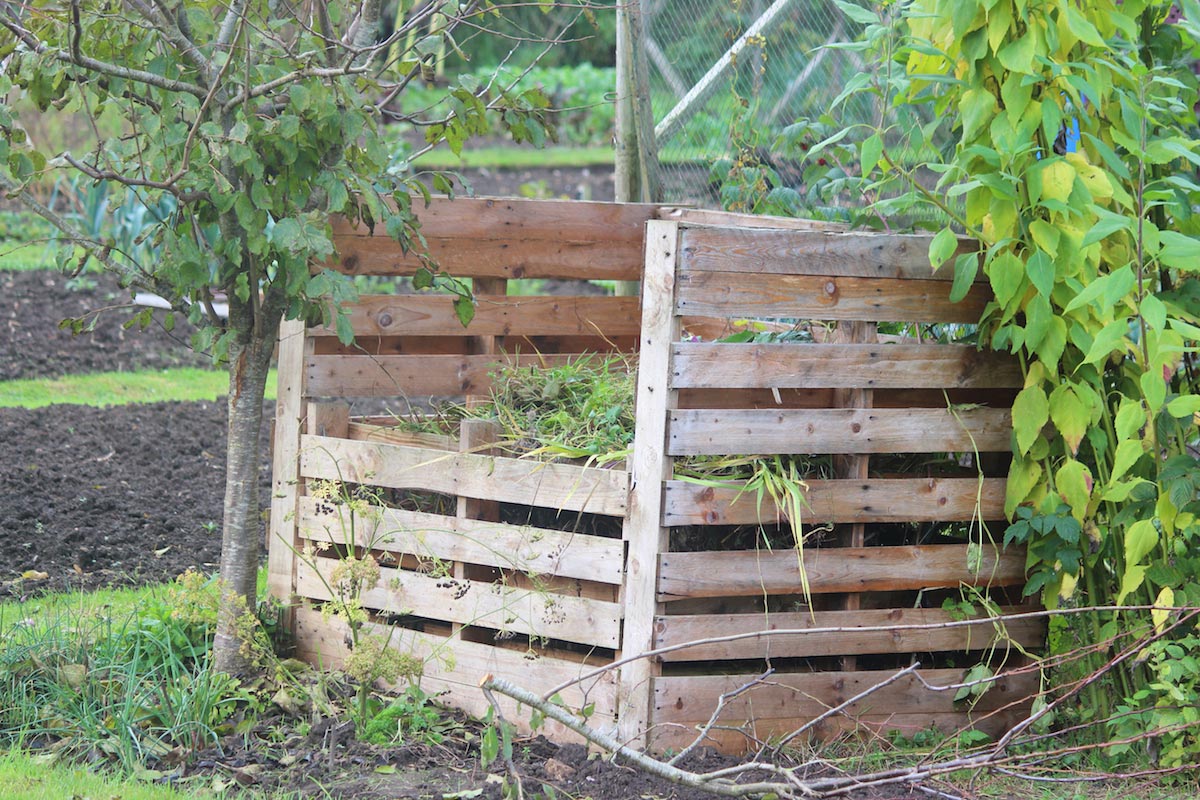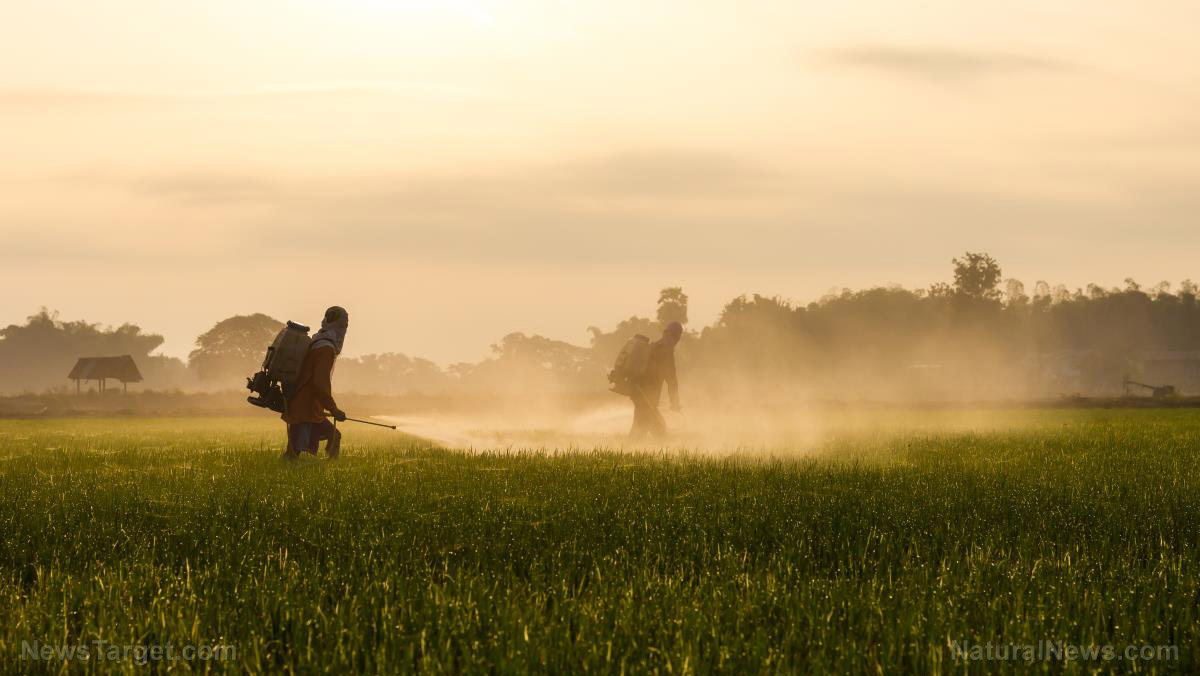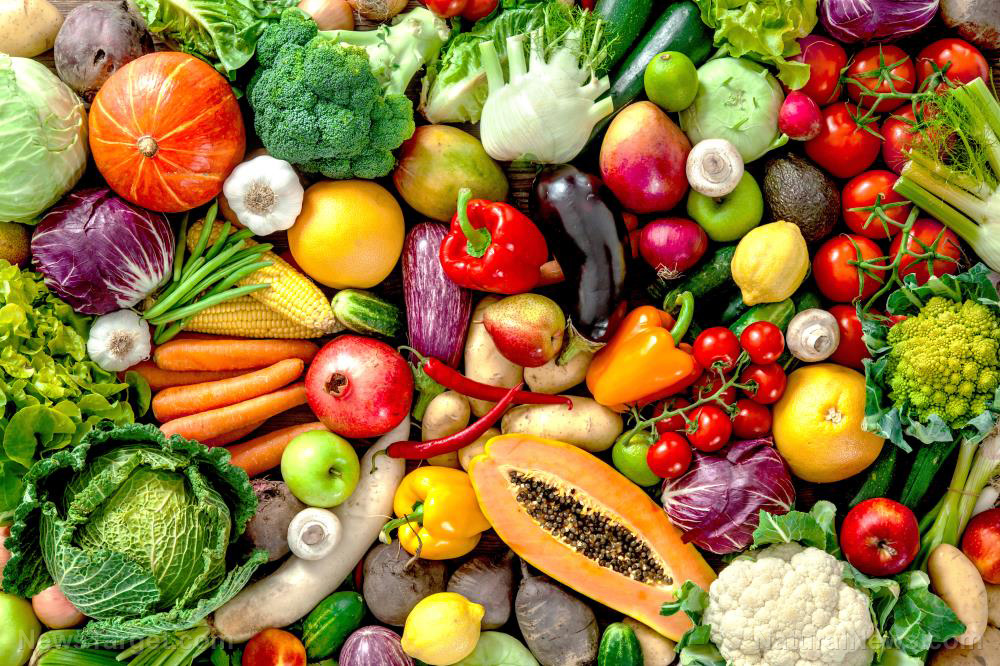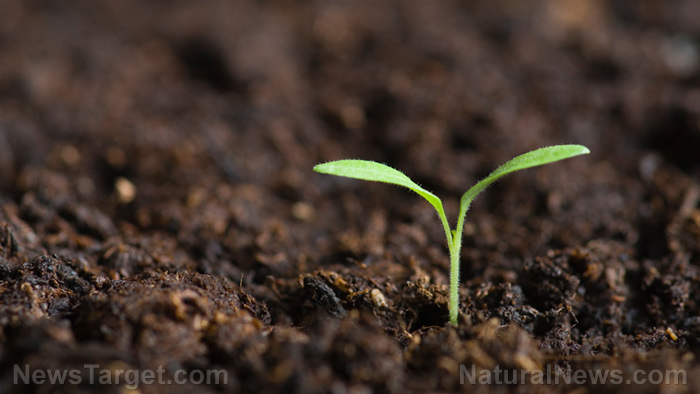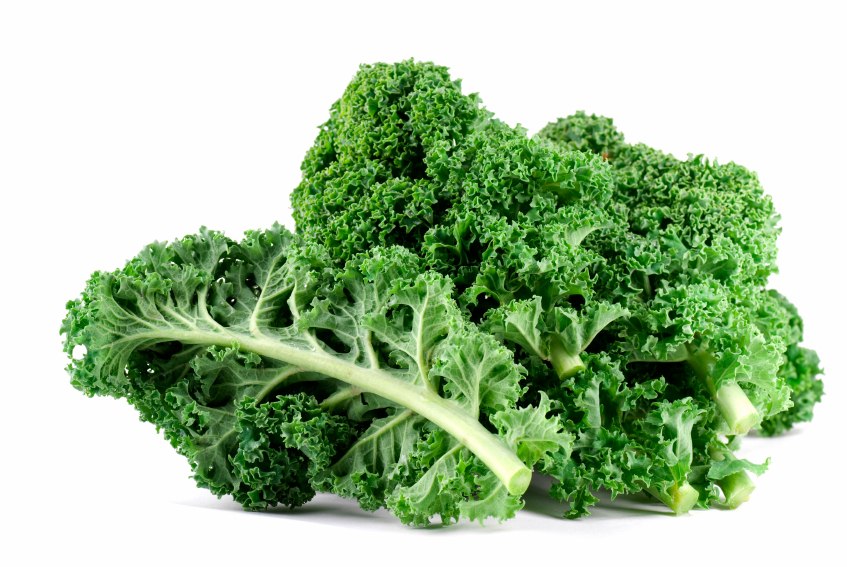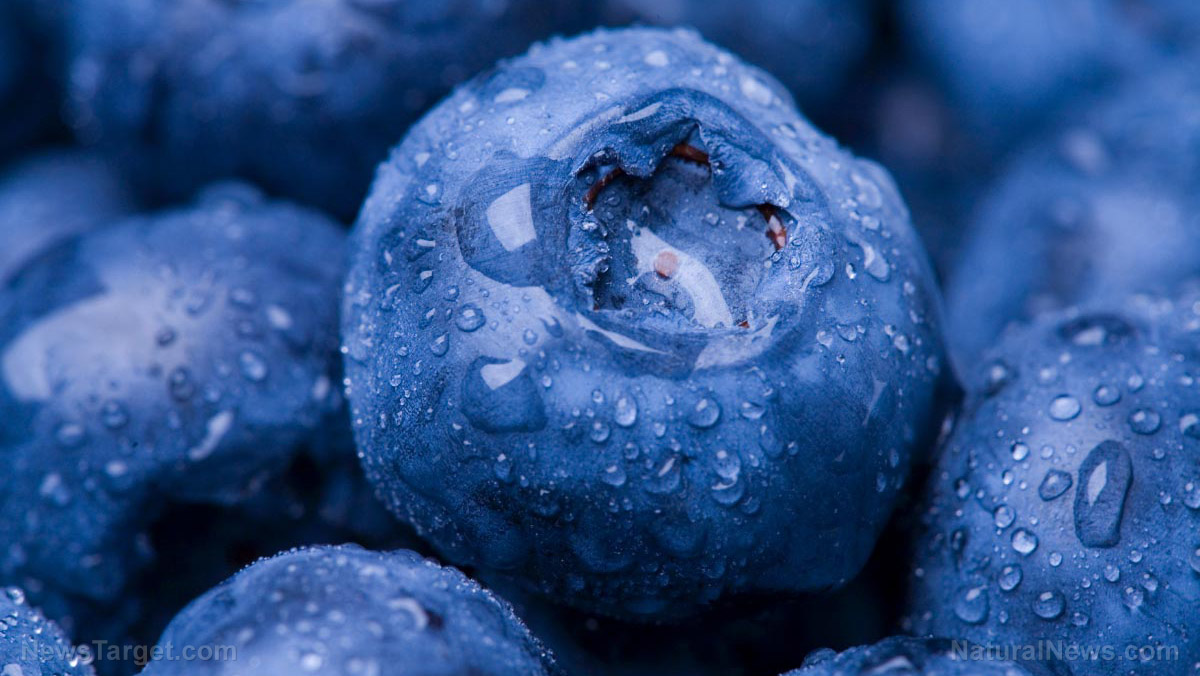Novel research raises prospects for large-scale production of algae-derived starch
02/24/2019 / By Edsel Cook

Japanese researchers found the natural means by which a species of algae regulates its starch production. They believe this biological mechanism can be used to increase the starch content of algae, which would make it much more efficient and profitable to cultivate the tiny plant on an agricultural scale.
Starch is not just the natural fuel of plants. It can also be turned into renewable materials like bioplastics and biofuels. These cleaner and sustainable products may eventually replace their petroleum-based equivalents, which would be a huge step towards societies that practice sustainable living.
The new report came from researchers at Tokyo Institute of Technology (Tokyo Tech) and Tohoku University (Tohokudai). They were investigating Cyanidioschyzon merolae, a species of unicellular algae that lives in acidic hot springs with high amounts of sulfur.
They identified target of rapamycin (TOR) as the protein kinase that controls starch accumulation in the algae. Protein kinases are enzymes that attach phosphate groups to other proteins, thereby changing the nature of those proteins. TOR, in particular, is involved in the normal growth of cells. (Related: Supplementing with chlorella can hasten recovery from intense training and exercise.)
New approach gets red algae to produce 10x as much starch
In their experiment, the Tokyo Tech-Tohokudai team shut down TOR in red algae. It took only 12 hours before the algae displayed much higher amounts of starch. Within 48 hours, the levels had risen to 10 times their original amount.
Intrigued by the considerable improvement in starch content, the researchers took a closer look at more than 50 different types of proteins. They examined the structure of a protein to see if any of the small alterations was involved in the rapid increase of starch in algae.
Eventually, they identified Golgi apparatus protein one (GLG1) as the primary protein involved in the process. GLG1 plays a big role in kicking off the synthesis of starch in algae and plants. It works in much the same way as glycogenin, an enzyme used by animals and yeast in their own starch production process.
Their findings are vital for biofuel and biochemical companies that are hoping to fill the demand for eco-friendly replacements for cosmetics, fuel additives, plastics and other fossil fuel-based products. As more and more countries phase out disposable plastic products, the gap could be filled by alternative bio-based equivalents made from starch.
Starch-rich algae could meet the demand for biofuels and other bio-products
Algae enjoy several advantages over much more complex terrestrial plants when it comes to producing starch. Pound for pound, the tiny organisms are much more efficient at turning sunlight into food.
They are also easier to cultivate as an agricultural crop. Algal ponds do not take up as much space as crop fields. The algae themselves use less resources overall. And they do not need the specialized treatment given to corn and other crops.
In addition to starch, algae also produce large amounts of triacylglycerols, the simplest form of fatty acid-based lipids. These two useful groups compounds make up a good percentage of the biomass of algae.
Given the harsh environment they live in, Cyanidioschyzon merolae are not the best candidates for large-scale cultivation. But the Tokyo Tech-Tohokudai researchers are planning to apply what they learned from the red algae on other photosynthetic organisms.
Other species of algae could potentially have their starch production capacity increased by several times. The same might also prove true for higher plants such as the mouse-ear cress (Arabidopsis thaliana), which is one of the most widely-studied and understood plants in the world.
“This information will help to develop technologies to improve starch biosynthesis productivity and concomitantly improve sustainable biomass and bioenergy production,”concluded Tokyo Tech researcher Sousuke Imamura.
Sources include:
Tagged Under: agriculture, algae, biofuels, bioplastics, breakthrough, Chemistry, food supply, green living, Red algae, renewable resource, starch, sustainable living



